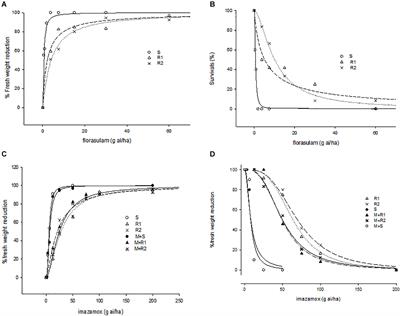EDITORIAL
Published on 28 Oct 2021
Editorial: Multiple Herbicide-Resistant Weeds and Non-target Site Resistance Mechanisms: A Global Challenge for Food Production
doi 10.3389/fpls.2021.763212
- 4,231 views
- 29 citations
18k
Total downloads
91k
Total views and downloads
EDITORIAL
Published on 28 Oct 2021
ORIGINAL RESEARCH
Published on 01 Apr 2021

REVIEW
Published on 25 Mar 2021

ORIGINAL RESEARCH
Published on 12 Mar 2021

ORIGINAL RESEARCH
Published on 03 Mar 2021

ORIGINAL RESEARCH
Published on 18 Feb 2021

ORIGINAL RESEARCH
Published on 12 Feb 2021

ORIGINAL RESEARCH
Published on 04 Feb 2021

REVIEW
Published on 22 Jan 2021

ORIGINAL RESEARCH
Published on 14 Jan 2021

ORIGINAL RESEARCH
Published on 15 Dec 2020

ORIGINAL RESEARCH
Published on 16 Nov 2020
